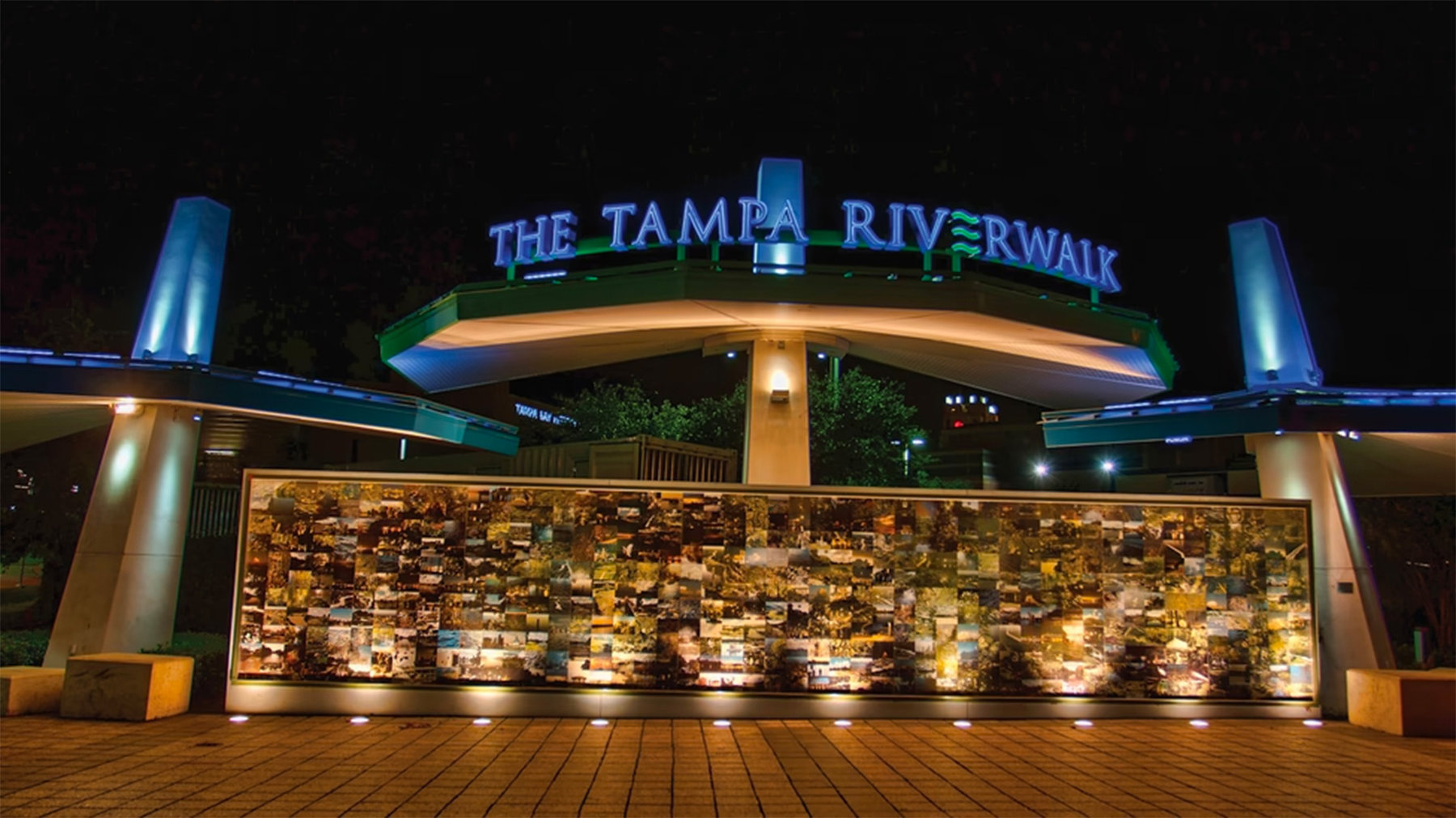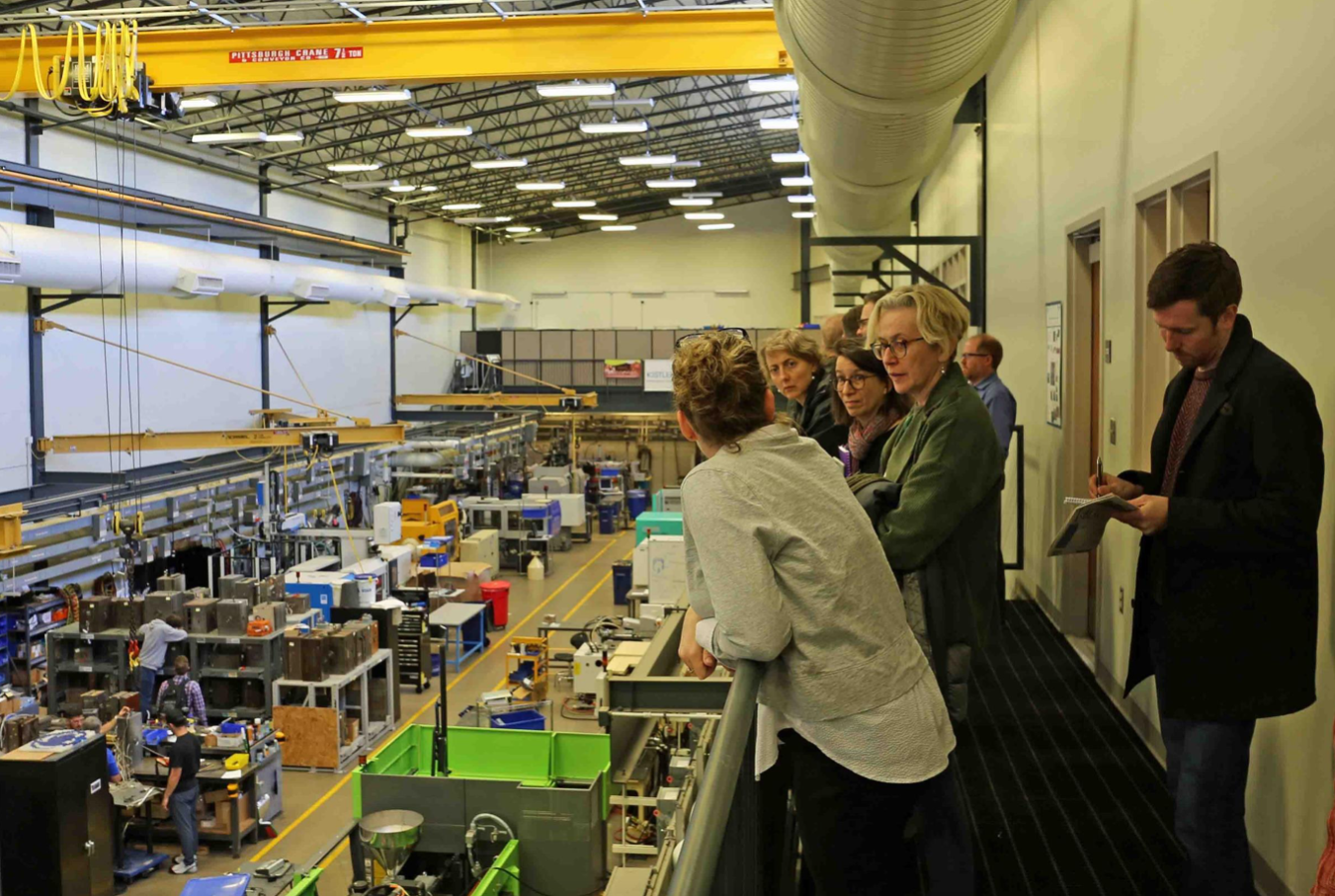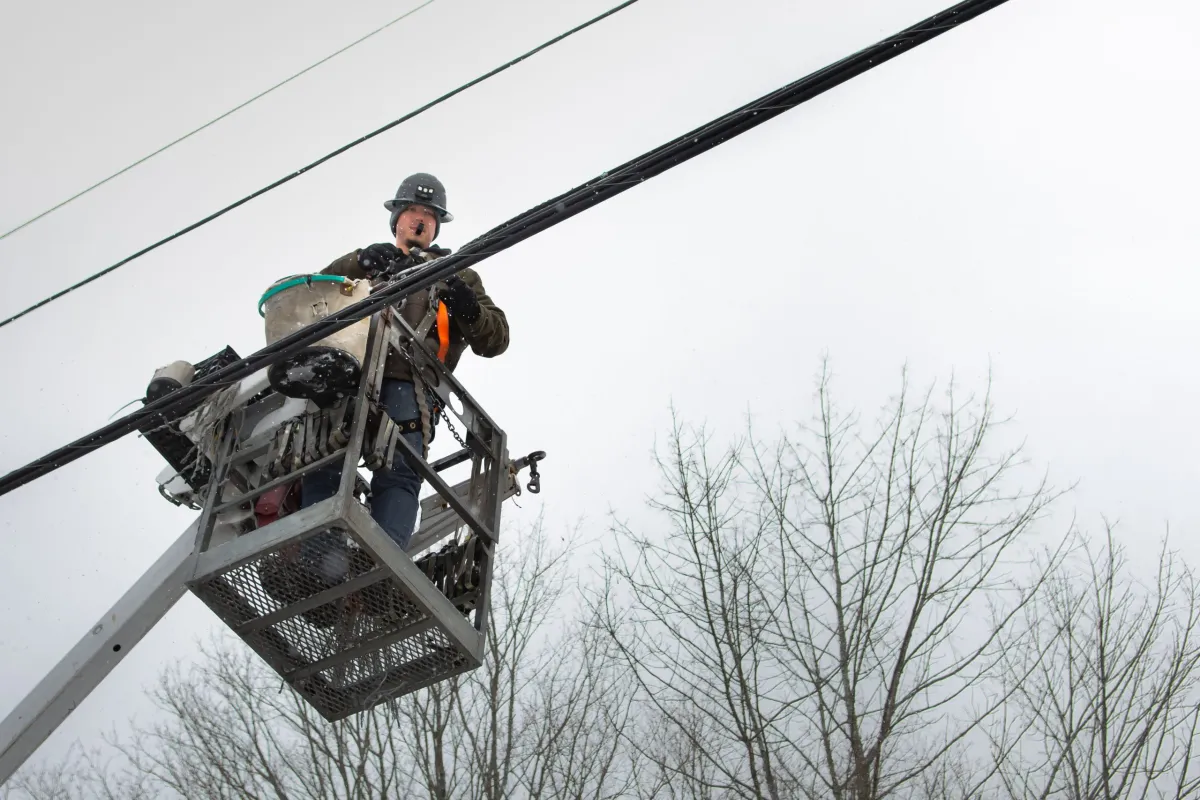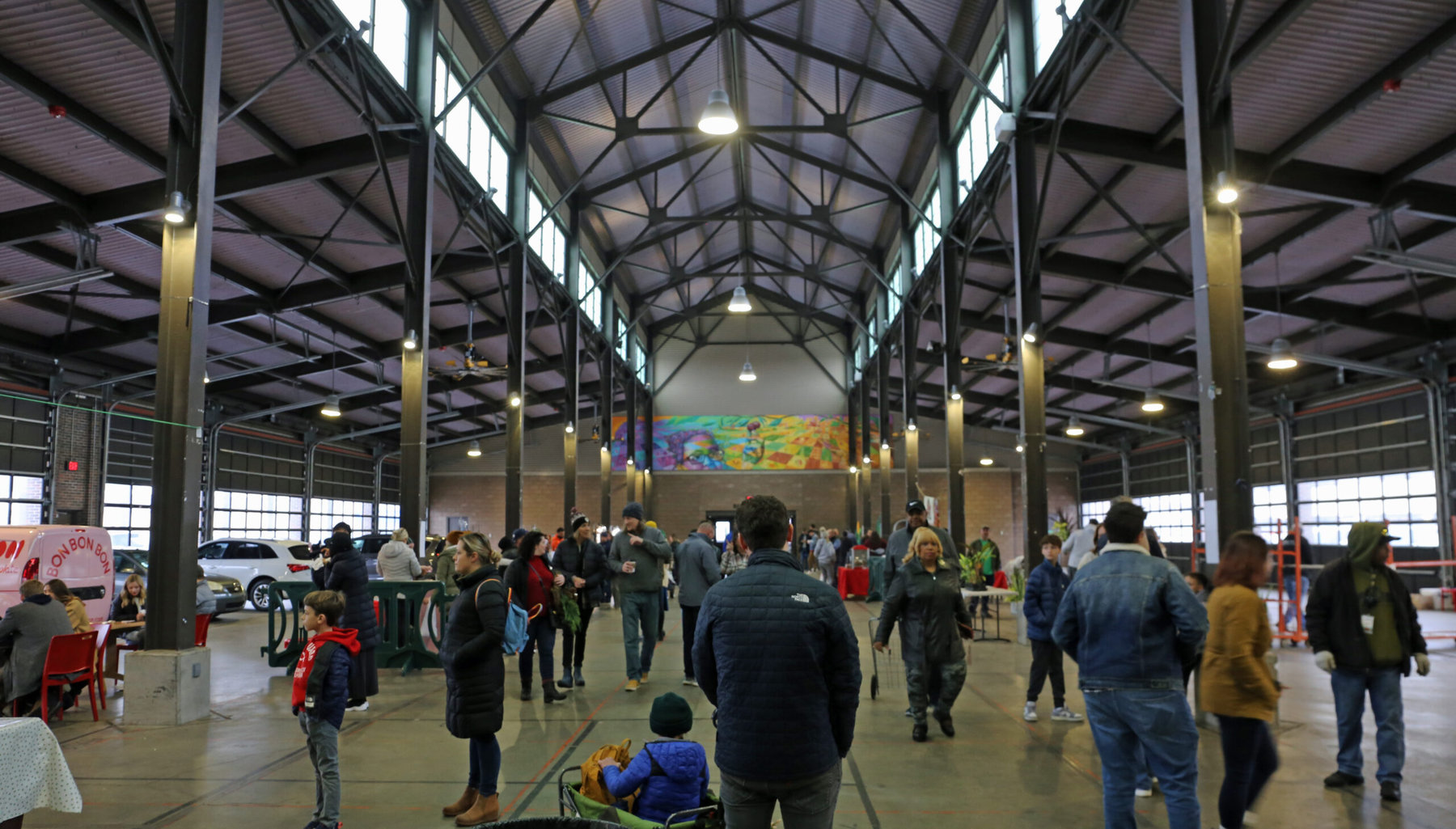Over to Kevin Wiatrowski:
I feel compelled to respond to the grossly inaccurate portrayal of downtown Tampa you published Tuesday.
Your correspondent obviously has not set foot in downtown Tampa in more than a decade. I have spent the last four years working in downtown–lately in media relations for the tourism office, but three years before that as the City Hall reporter for the Tampa Tribune. I have watched this city’s downtown grow and change, and I can assure you and your anonymous correspondent that the Tampa described in your post–but for the iconic minarets of the University of Tampa’s Plant Hall–no longer exists.
Thanks to the work of private citizens, elected leaders and local companies, downtown Tampa today is a thriving, vibrant place loaded with highly rated, independent restaurants, luxury high-rise apartments, a weekend market and oodles of pedestrian opportunities. The image of the Franklin Street Pedestrian Mall “given over to abandoned storefronts and abandoned people” could not be more inaccurate. The mall has not a single empty storefront. During the week, it’s a popular place for lunch al fresco.
The demolition of Curtis Hixon Hall, which your correspondent also mentions, gave rise five years ago to Curtis Hixon Waterfront Park, a beautiful 8-acre public space that regularly hosts popular festivals, families outings and pickup Frisbee games. In 2012, it hosted events during the Republican National Convention and, in 2014, events for the week-long International Indian Film Academy awards festival.
Concurrent with the park, the city built a new Tampa Museum of Art, a modern facility whose perforated metal skin glows each night with the shifting colors of “Sky (Tampa),” a work by New York-based Leo Villareal. Adjacent to the art museum stands the Glazer Children’s Museum, an engaging place for children to learn about their community.
Tampa is also home to the Straz Center for the Performing Arts, the largest theater complex south of the Kennedy Center. It is current hosting its Broadway season (“Fiddler on the Roof” runs until Saturday) and is home to the Florida Orchestra, Opera Tampa and one of several locally grown theater companies. Just north of downtown, the city opened Water Works Park on the riverfront last summer, converting a polluted public works parking area into a greenspace with a concert shell and splash pad.
Last month, the city opened the last major segment of the 2.5-mile TampaRiverwalk, a pedestrian thoroughfare 40 years in the making. The ribbon-cutting brought out thousands of people who have watched and waited for the work to be done. I visit the Riverwalk each work day at lunch, and it’s always busy. It will be even busier May 2-3 when the city holds its first River Fest, a party that will stretch the length of the Riverwalk and take in the museum, restaurants and parks that are strung along it.
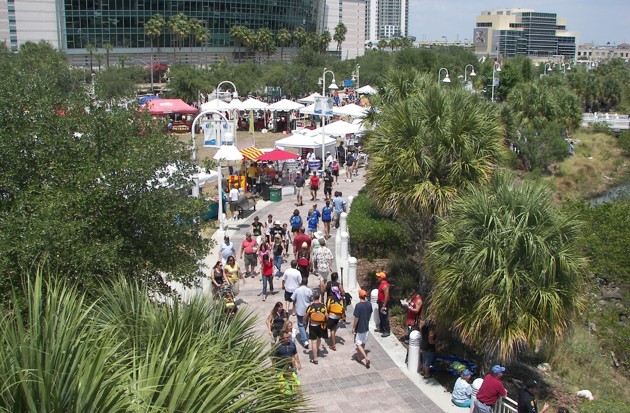
And while we’re at it, here is a little more about the fair-haired child of the previous comparison, Asheville, North Carolina. A reader writes:
I live in Asheville, NC and work in Greenville, SC. Two thriving downtowns with two different stories.
Yes, Asheville’s downtown owes its charm to the many, old buildings the residents refused to let the city tear down, including the Art Deco City hall. Plus, to the artists, the musicians, the hippies, and the LGBT community. The thriving craft beer culture grew organically while the Chamber of Commerce was still trying with limited success to market the town as a place to make movies and buy mountain crafts. Downtown was dead and boarded up in the late 1970s. Not now. It’s not that there was no planning, but that IMHO the planning was not the real catalyst. Without the Blue Ridge Parkway (WPA), the Biltmore Estate (George Vanderbilt), and the mountains,Asheville might never have been a destination in the first place.
An hour south, Greenville, SC had a plan. In the early 1970s, the governor and local business people lured Michelin Tire to the state as the textile industry was dying. That attracted more industry, money, and a mix of nationalities to the otherwise parochial city of Bob Jones University. Max Heller, the last Democratic mayor of the town, and a Jewish immigrant from Austria, had a grand vision for a Vienna-style main street, with outdoor cafes, wide sidewalks, and trees. Working with local business leaders, he made it a reality in the reddest part of South Carolina. There is a bronze statue of Max on Main Street. Other cities across the South send delegations to see what they’ve accomplished through dedication and planning.
I know and endorse this reader’s version of the Greenville story; that’s what we were chronicling last year. Thanks to all. And please keep on reading for info on the new look of the Atlantic’s site.
If you’ve gotten this far, you already know about the extensive redesign of the Atlantic’s web site, launched yesterday, with an entirely different layout philosophy, much more prominent use of photos, a new navigation approach, and other changes. You can read about the guiding ideas behind this revisionin a post by the head of all things digital at the Atlantic, John Gould, here.
Because the navigation approach is so different, I thought it might be useful to provide a few links to features now found in other places on the new site. Feel free, to copy, save, bookmark, or otherwise note these links:
- A list of posts, articles, reader responses, etc by me is now found at http://www.theatlantic.com/author/james-fallows/ This is the current version of what has been my part of the site.
- Similarly you can find what has been Ta-Nehisi Coates’s blog here http://www.theatlantic.com/author/ta-nehisi-coates/, and Jeff Goldberg’s here http://www.theatlantic.com/author/jeffrey-goldberg/ And so on for other writers.
- For our other entries in our American Futures travels, you can find Deborah Fallows’s writings here http://www.theatlantic.com/author/deborah-fallows/ and John Tierney’s are here http://www.theatlantic.com/author/john-tierney/
- The current project page for our travels and reports is here http://www.theatlantic.com/special-report/city-makers-american-futures/ There’s a searchable archive of the posts, by city and date and so on, here http://americanfutures.org/. And you can see an archive of our TinyLetter newsletters about the travels here http://tinyletter.com/JamesFallowsAmerica/archive

